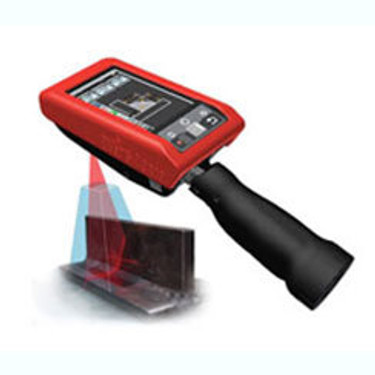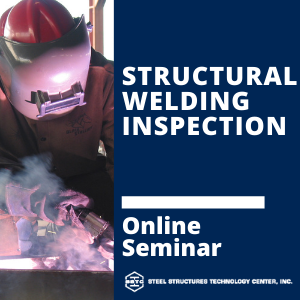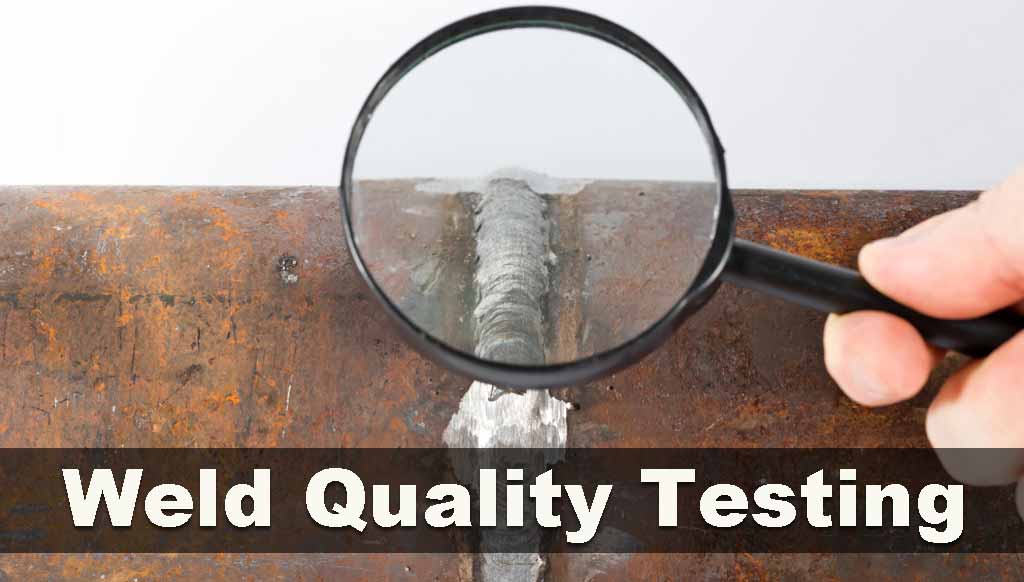The Ultimate Checklist for Welding Inspection Gilbert Arizona: Ensuring Safety and Precision
The Ultimate Checklist for Welding Inspection Gilbert Arizona: Ensuring Safety and Precision
Blog Article
Exploring the Value of Welding Assessment in Industrial Applications: Safeguarding Versus Failures and Enhancing Long Life
Welding assessment offers as an essential line of protection in industrial applications, ensuring the architectural integrity and reliability of bonded elements. By methodically recognizing problems such as porosity and incomplete combination, inspections not just prevent failures but likewise expand the life expectancy of necessary assets.
Function of Welding Assessment
Welding assessment acts as a vital guard in industrial applications, making certain that bonded frameworks meet defined criteria of high quality and safety and security. This procedure includes an organized examination of welds to validate their integrity, toughness, and compliance with established codes and specifications. The function of welding assessment is multifaceted, encompassing both aesthetic analyses and non-destructive screening techniques, which may consist of ultrasonic, radiographic, or magnetic particle screening.

Additionally, welding examination plays a crucial role in governing compliance. Many industries are governed by rigorous safety and security standards, requiring complete documentation and recognition of welding methods. By keeping these records, companies can show adherence to safety and security regulations, thereby promoting depend on amongst stakeholders and clients. Ultimately, the role of welding evaluation is important in advertising safety, improving efficiency, and shielding financial investments in commercial framework.
Common Welding Problems

One of the most common defects is porosity, identified by small gas pockets entraped within the weld steel. This happens because of impurities or improper shielding gas, jeopardizing the weld's stamina. An additional substantial defect is insufficient blend, where the weld metal stops working to bond correctly with the base material, possibly leading to architectural weak points.
Cracks can additionally create during or after the welding process, usually connected to thermal tensions or inappropriate air conditioning prices. Additionally, undercutting, where the base steel is worn down along the weld bead, can compromise the joint and is commonly brought on by excessive warm input or wrong strategy.
Additionally, lack of penetration takes place when the weld metal does not reach the origin of the joint, bring about insufficient stamina. Recognizing these usual defects is crucial for welders and assessors alike to ensure that bonded frameworks meet safety and security and performance criteria, ultimately avoiding possible failures in commercial applications.
Advantages of Routine Evaluations
Routine evaluations offer as a crucial guard in making sure the reliability and long life of welded structures. These analyses identify prospective flaws and weak points that may compromise the stability of welds, permitting prompt removal before issues rise. By applying a structured assessment regimen, organizations can considerably reduce the threat of disastrous failings that may lead to costly downtime, devices substitute, and even mishaps.
Additionally, normal inspections add to enhanced top quality control throughout the welding process. By adhering to a consistent examination timetable, business can ensure that their welding methods fulfill well-known quality criteria and finest techniques. This not only fosters a culture of responsibility but also urges continual improvement amongst welding personnel.
In enhancement, routine assessments promote far better maintenance preparation. By determining deterioration early, companies can purposefully arrange fixings and replacements, reducing disturbance to procedures. This aggressive method ultimately results in extended property lifespan check and enhanced general efficiency.
Lastly, a dedication to regular inspections can enhance a business's reputation in the industry. Stakeholders and clients increasingly worth organizations that focus on safety and quality, therefore improving trust fund and potentially leading to enhanced organization opportunities.
Industry Standards and Rules
Following market criteria and policies is a fundamental aspect of click over here welding evaluation that complements the advantages of routine examinations. These criteria, developed by organizations such as the American Welding Culture (AWS) and the American Society of Mechanical Designers (ASME), give a structure for best practices in welding procedures, materials, and assessment techniques. Compliance with these guidelines makes sure that welds satisfy the needed top quality and safety and security standards, substantially lowering the threat of structural failures.
Regulative bodies like the Occupational Safety and Wellness Administration (OSHA) better enforce guidelines that shield workers and the atmosphere throughout welding procedures. By complying with these developed standards, sectors can enhance the reliability of their structures and parts, ensuring they execute as planned under numerous functional problems.
Moreover, adherence to sector standards cultivates consistency in high quality control, assisting in smoother communication among stakeholders and regulative agencies. This positioning not just decreases liability risks however also improves the credibility of companies in open markets. Eventually, conformity with welding requirements and guidelines is not simply a legal responsibility; it is an essential investment in security, efficiency, and long-term functional success.
Future Trends in Welding Examination
As markets remain to progress, the future of welding evaluation is poised to integrate advanced modern technologies that improve precision and efficiency. One of one of the most substantial patterns is the adoption of automation and robotics in inspection processes. Automated systems can carry out assessments rapidly, reducing human error and boosting throughput in making atmospheres.
In addition, the assimilation of expert system (AI) go to this site and machine knowing formulas will certainly allow anticipating analytics, enabling real-time evaluations and aggressive maintenance (Welding Inspection Gilbert Arizona). By analyzing data from previous examinations, these innovations can recognize patterns that can show possible failings, thus extending the lifespan of bonded elements

Moreover, the trend in the direction of digitalization will certainly cause enhanced information monitoring systems that assist in better tracking, reporting, and compliance with sector standards. In summary, the future of welding evaluation is characterized by technological developments that promise to considerably enhance integrity, safety, and operational performance in various commercial applications.
Conclusion
In verdict, welding inspection serves an important feature in guaranteeing the honesty and longevity of welded structures across numerous commercial applications. As advancements in technology continue to evolve, the future of welding examination guarantees raised accuracy and efficiency, ultimately adding to the durability of essential facilities.
Welding assessment offers as an essential line of defense in commercial applications, ensuring the structural integrity and integrity of welded elements.Welding examination offers as a crucial safeguard in industrial applications, making certain that welded frameworks meet specified requirements of top quality and security - Welding Inspection Gilbert Arizona. Inevitably, the duty of welding examination is vital in promoting security, enhancing efficiency, and safeguarding financial investments in industrial framework
These criteria, established by companies such as the American Welding Culture (AWS) and the American Culture of Mechanical Designers (ASME), give a structure for ideal practices in welding processes, materials, and inspection methods.In conclusion, welding evaluation offers an important feature in making sure the honesty and resilience of bonded frameworks throughout numerous commercial applications.
Report this page